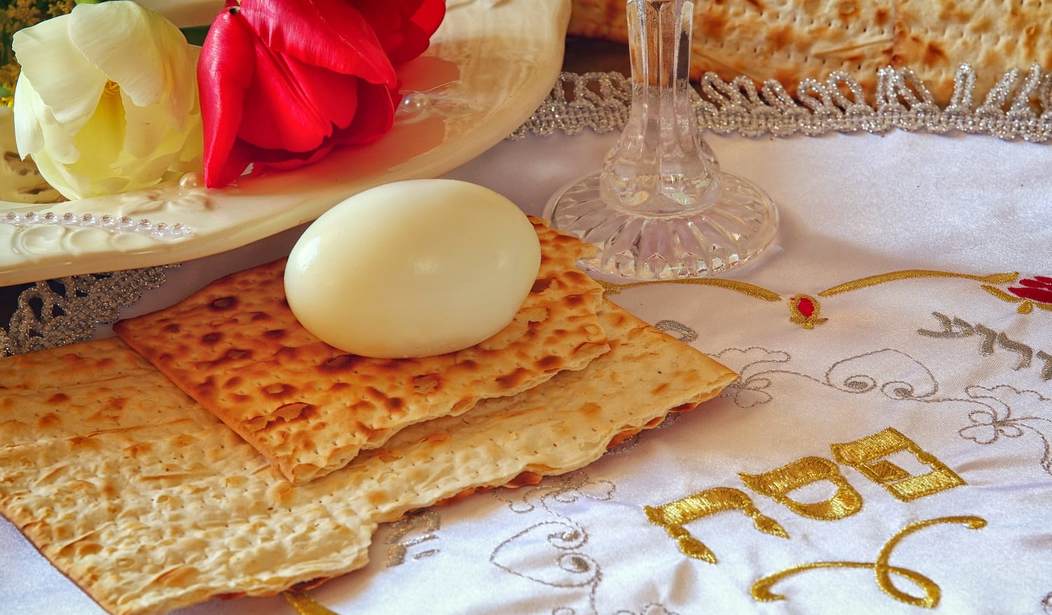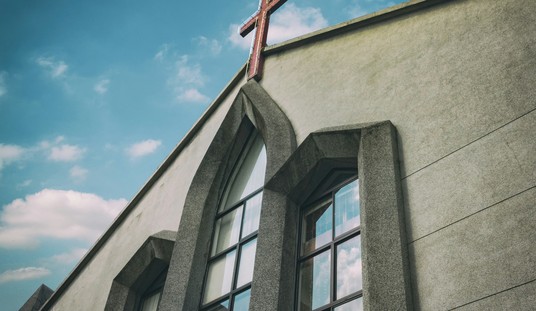I always find myself in awe of the way God laid out the narrative of the Bible — from Genesis to Revelation — as an interconnected story of redemption through Jesus. The Old and New Testaments are linked together in exciting ways, and possibly no example of this is more fascinating than the Passover (Pesach in Hebrew).
I would wager that many Christians aren’t aware of how important the Passover really is, and I’m not alone in believing so. Messianic Jewish writer Jonathan Bernis makes this point clearly when he writes:
Many Believers don’t fully comprehend the Passover in the context of the awesome atoning work of God. You cannot fully appreciate our redemption in the Messiah until you understand the ordinance of Passover. All the biblical Feasts and observances were foreshadows of the redemptive work that the Messiah would ultimately accomplish.
For those who are unfamiliar with this story, God has called Moses to free the Israelites (His chosen people) out of generations of slavery in Egypt. It has taken nine plagues to begin to soften the heart of Pharaoh, when God enacts the ultimate plague on the Egyptians: He will kill the firstborn of every family, but He will spare those who have marked their doors with a sign of faith:
The Lord said to Moses and Aaron in Egypt, 2 “This month is to be for you the first month, the first month of your year. 3 Tell the whole community of Israel that on the tenth day of this month each man is to take a lamb for his family, one for each household. 4 If any household is too small for a whole lamb, they must share one with their nearest neighbor, having taken into account the number of people there are. You are to determine the amount of lamb needed in accordance with what each person will eat. 5 The animals you choose must be year-old males without defect, and you may take them from the sheep or the goats. 6 Take care of them until the fourteenth day of the month, when all the members of the community of Israel must slaughter them at twilight. 7 Then they are to take some of the blood and put it on the sides and tops of the doorframes of the houses where they eat the lambs. 8 That same night they are to eat the meat roasted over the fire, along with bitter herbs, and bread made without yeast. 9 Do not eat the meat raw or boiled in water, but roast it over a fire—with the head, legs and internal organs. 10 Do not leave any of it till morning; if some is left till morning, you must burn it. 11 This is how you are to eat it: with your cloak tucked into your belt, your sandals on your feet and your staff in your hand. Eat it in haste; it is the Lord’s Passover.
12 “On that same night I will pass through Egypt and strike down every firstborn of both people and animals, and I will bring judgment on all the gods of Egypt. I am the Lord. 13 The blood will be a sign for you on the houses where you are, and when I see the blood, I will pass over you. No destructive plague will touch you when I strike Egypt.
14 “This is a day you are to commemorate; for the generations to come you shall celebrate it as a festival to the Lord—a lasting ordinance.
I have to admit that as a firstborn, this story used to scare me to death as a kid, but as an adult, it leaves me with a greater appreciation of God’s redemptive power and perfect plan.
But why should Passover be so important to Christians? Because the Exodus account of the original Passover points directly to Jesus as the Messiah. Jesus is the spotless lamb, and His blood marks those who profess faith in Him as belonging to Him, much as the lambs the Jewish families were to slaughter and the blood on the doorposts marked them as protected from death on that Passover night.
The apostle Paul refers to Jesus as “our Passover Lamb” in 1 Corinthians in a passage where he refers directly to the observance of the Passover. Jesus Himself celebrated the Passover as an observant Jew.
Many of the elements of the Seder meal and the rest of the traditional Passover observance have their parallels in the New Testament as well. For Passover, Jewish families get rid of the leaven, or yeast, in their homes, which represents our sin. Paul refers to yeast in the same passage in 1 Corinthians in which he calls Jesus the “Passover Lamb.”
Festive candles are an important part of Jewish and Christian celebrations, and they represent God’s light to the world through Jesus. Jesus took part in the Seder in what Christians call the Last Supper.
Elements of the Seder meal have specific parallels in Jesus’ redemption story. The maror, the bitter herb (usually horseradish), symbolizes both the difficulties of the Hebrew slaves and the bitterness of Jesus’ death, while the sweet charoset (a delicious apple mixture) represents the sweetness of God’s redemption and freedom. The baytzah (roasted egg) represents the sacrifice in the temple as well as Jesus’ atoning sacrifice, and the z’roah (lamb shank bone) stands for the Passover lamb whose blood saved the Israelites as well as Jesus, whose blood saved His followers.
The Passover account in Exodus has beautiful parallels and symbolism for the death and resurrection of Jesus. Christians would do well to study it and learn more about it, because knowledge of the Passover story deepens appreciation for what Jesus did for those who call upon Him. And, if you have the chance to go to a Messianic Seder meal at Passover, I encourage you to do so.
—
Image courtesy of Shutterstock.com / tomertu









Join the conversation as a VIP Member